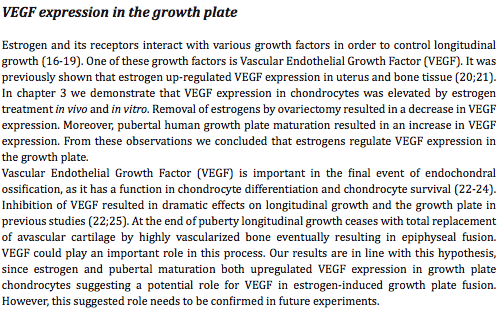Usefulness of Estimated Height Loss for Detection of Osteoporosis in Women
J Korean Acad Nurs. 2011 Dec;41(6):758-767. English.
Published online 2011 December 31. http://dx.doi.org/10.4040/jkan.2011.41.6.758
© 2011 Korean Society of Nursing Science
Usefulness of Estimated Height Loss for Detection of Osteoporosis in Women
Soon Gyo Yeoum,![]() 1 and Jong Hwa Lee2
1 and Jong Hwa Lee2
1Associate Professor, Department of Nursing, Seoil University, Seoul, Korea.
2Full-time Lecturer, Department of Nursing, Kunsan College of Nursing, Gunsan, Korea.
Address reprint requests to: Yeoum, Soon Gyo. Department of Nursing, Seoil University, Seoildaehak-gill 22, Jungrang-gu, Seoul 131-702, Korea. Tel: +82-2-490-7580, FAX: +82-2-490-7555, Email:yeoumsg@seoil.ac.kr
Received May 30, 2011; Revised June 04, 2011; Accepted December 09, 2011.
Abstract
Purpose
This study was done to examine the threshold value of estimated height loss at which the risk of osteoporosis increases and to verify its discriminative ability in the detection of osteoporosis.
Methods
It was conducted based on epidemiological descriptive methods on 732 Korean women at a public healthcare center in Seoul between July and November 2010. ANOVA, Pearson correlation, logistic regression analysis and receiver operating characteristics (ROC) curve were used for data analysis.
Results
There was an age-related correlation between bone mineral density (lumbar spine: F=37.88, p<.001; femur: F=54.27, p<.001) and estimated height loss (F=27.68, p<.001). Estimated height loss increased significantly with decreasing bone mineral density (lumbar spine: r=-.23, p<.001; femur: r=-.34, p<.001). The odds ratio for the point at which the estimated height loss affects the occurrence of osteoporosis was found to increase at a cut-off value of 2 cm and the area under ROC curve was .71 and .82 in lumbar spine and femur, respectively.
Conclusion
The optimal cut-off value of the estimated height loss for detection of osteoporosis was 2 cm. Height loss is therefore a useful indicator for the self-assessment and prognosis of osteoporosis.
Analysis & Interpretation
This may be the first type of evidence that I have found which shows that decrease bone mineral density leads to height loss. The type of subjects this experiment was tested on were East Asian/Korean adult females. Something that is well known is that East Asian females as a demographic suffer one of the highest rates of bone mineral loss. This means that Korean females have a very high risk of osteoporosis as they get older. The decreased height from bone density loss is very surprising.
We know that as people get older, the bone density level decreases in their bones. We also see the correlation between older age and height loss. People tend to loss at least around 1 inch of height for each decade that passes after their 40s. This report shows that for at least Korean females, maybe the reason they loss height is because they loss bone density. After the height loss reaches 2 cm, the chance of developing osteoporosis sharply rises.
This case is interesting since it shows a direct correlation to decreased bone density and height loss. It makes the height increase researcher wonder whether opposite might be right as well. if we increased bone mineral density in adult humans from taking bone growth pills like station, would that lead to increased height? That is something to think about.
Something that would be obvious is that to prevent such a high rate of height loss and stay around the same height even into later life for East Asian females, they would have to look for ways to keep the bone density at a reasonably healthy level.


